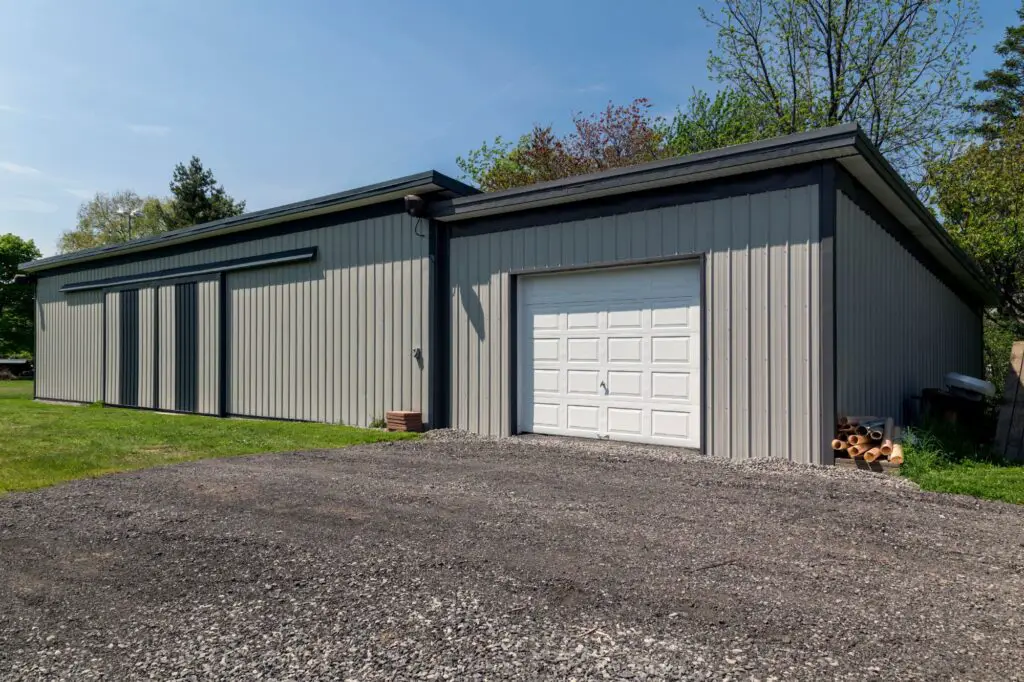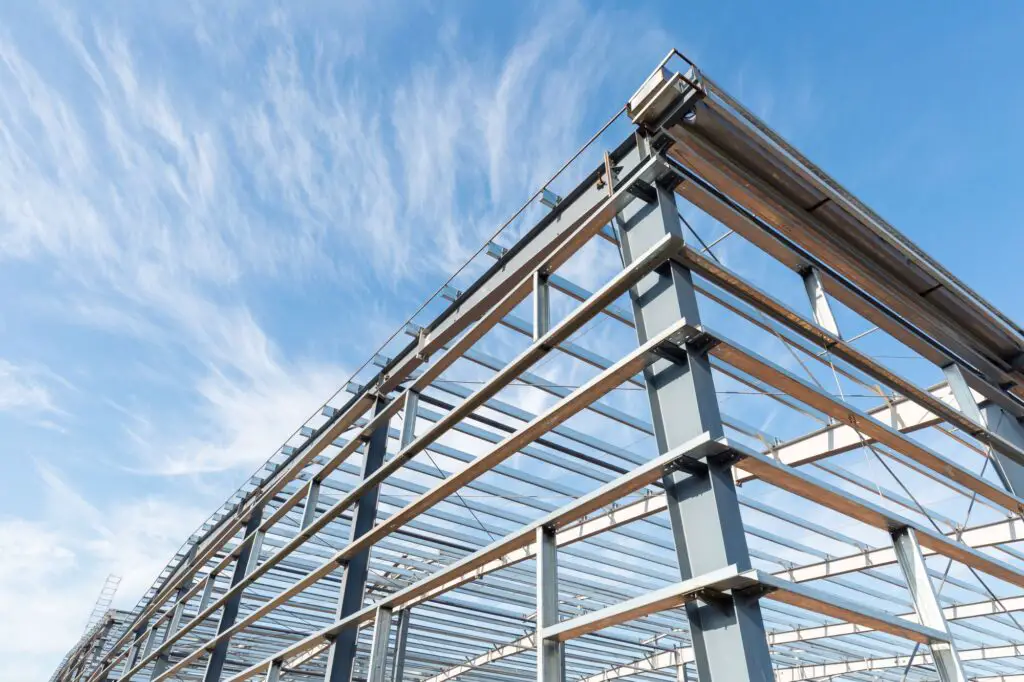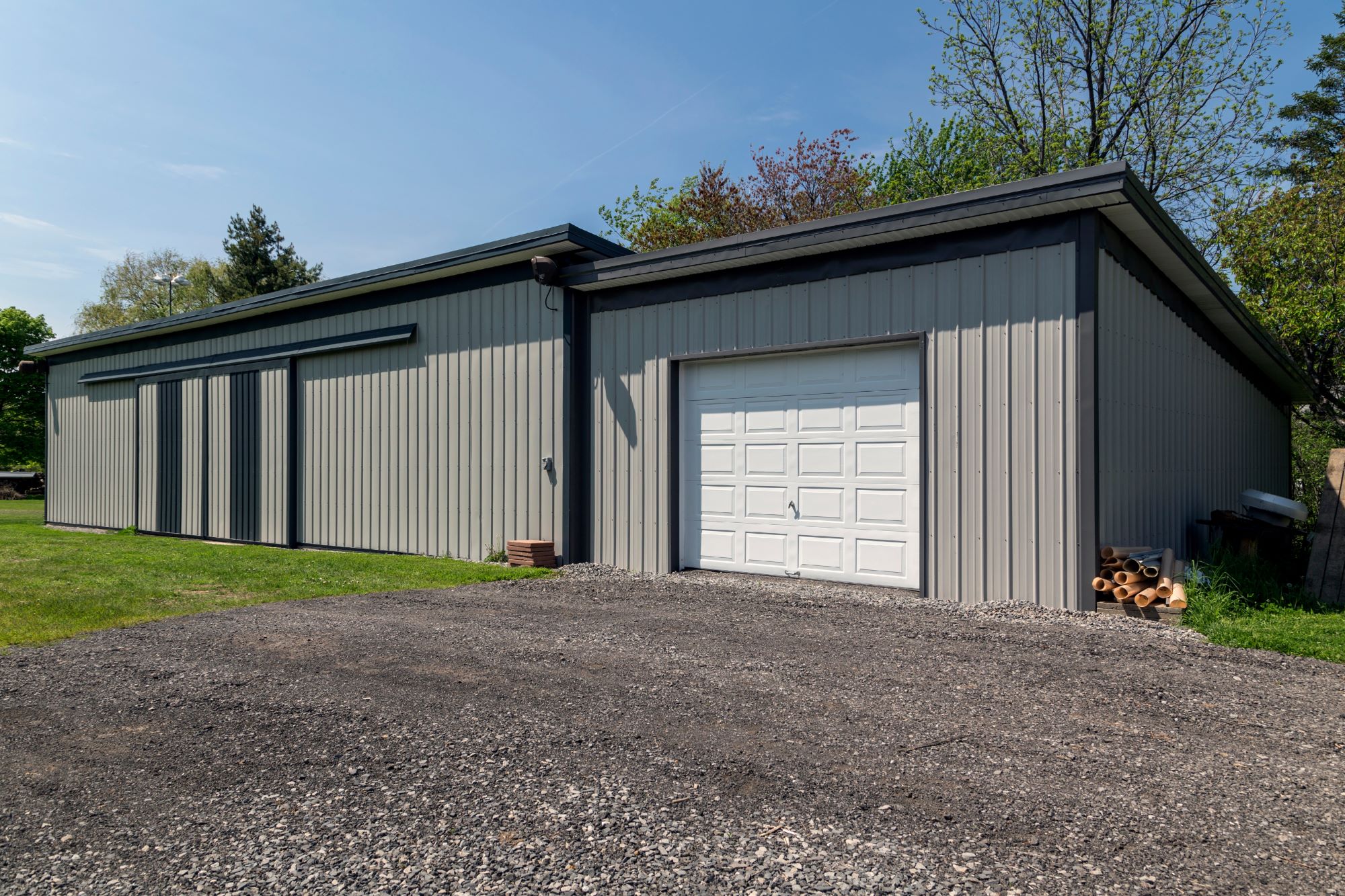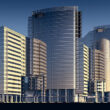Metal buildings have become a staple in contemporary construction due to their durability, affordability, and ease of assembly. These structures have evolved from basic storage solutions to versatile constructions, serving various purposes. As the demand for customizable and sustainable spaces grows, metal buildings are stepping up to meet the challenge.
While many might first think of traditional barns or plain storage areas when metal buildings come to mind, their potential stretches further. For instance, when considering the dimensions of a 2 car garage, metal buildings can easily accommodate this size while offering room for customization.
Now, you’ll explore the innovative applications these structures are being utilized for today.

Multipurpose Living Spaces
Metal buildings have evolved beyond their traditional roles. Today, they serve as extensions of your home, accommodating changing lifestyles and needs. These structures offer homeowners a flexible canvas, from personalized gyms and art studios to secluded home offices. Their open design allows for custom interiors, ensuring each space reflects its intended purpose.
Beyond mere storage, this can also transform into metal garage buildings, providing a unique blend of adaptability and comfort. Equipped with modern amenities like insulation, heating, and cooling systems, they can rival the convenience of any room in the house. As homeowners seek to maximize space and functionality, these structures emerge as flexible solutions, reshaping your ideas of domestic living spaces.

Energy-Efficient Greenhouses
With their intrinsic strength and adaptability, metal buildings have proven remarkably suited for greenhouses. The robust nature of their frames effortlessly holds the weight of traditional glass and lightweight polycarbonate panels. Metal buildings can support panels, and when these are double-glazed or twin-walled, they enhance insulation, making it easier to maintain desired temperature levels. This controlled environment is pivotal for growing diverse plants, regardless of external weather conditions.
In addition to structure and insulation, ventilation plays a crucial role in plant health. Properly designed metal greenhouses can incorporate advanced vent systems, both manual and automated, ensuring fresh air circulation. This aids in preventing excessive moisture build-up, which can lead to fungal diseases.
Furthermore, by allowing the installation of energy-efficient heating, cooling, and lighting systems, these metal structures create an optimal environment for year-round plant growth. Thus, they seamlessly combine sustainability and efficiency, revolutionizing traditional greenhouse concepts.
Modern Retail And Commercial Spaces
Metal structures are gaining traction among entrepreneurs for their cost-effectiveness and adaptability. Boutique shops and cafes, drawn to the blank canvas these buildings provide, can effortlessly craft spaces reflecting their brand’s identity.
Like Us on Facebook!
Moreover, the spacious and open designs of metal buildings allow for versatile interiors, suitable for everything from a minimalist cafe to partitioned spaces in mini-malls. In essence, these structures offer businesses a unique blend of affordability and customization in today’s competitive market.
Subscribe Us on YouTube!
Educational And Workshop Areas
The educational sector’s need for dynamic and quickly adaptable spaces has found an answer in metal buildings. Their swift fabrication makes them ideal for schools facing sudden increases in student populations or community centers seeking to launch new programs without delays. Unlike traditional brick-and-mortar buildings, these metal constructions reduce waiting times, ensuring that learning and community engagement remain uninterrupted.
Beyond speed and affordability, metal buildings provide a canvas for creativity. Whether incorporating large windows for natural light, which can aid in a conducive learning environment or designing open spaces for workshops that foster collaboration and hands-on learning, these structures can be customized to the core.
The result? Areas that aren’t just functional but also resonate with the purpose they serve, creating vibrant hubs for education and community growth.
Pop-Up Event Venues
Metal buildings have emerged as game-changers in the events industry, especially for pop-up occasions. Their modular nature allows for swift setup, making them ideal for events with tight schedules or those needing to move from one location to another. From fashion shows needing specific runway layouts to trade fairs requiring segmented stalls, the customization options are vast and varied.
Moreover, the structural integrity of these buildings ensures they stand firm, even in challenging weather conditions, offering peace of mind to organizers. Their interiors can be easily tailored with lighting, sound systems, and décor, while exteriors can be adorned with banners or graphics. This combination of rapid assembly, durability, and adaptability makes metal buildings a preferred choice for event planners seeking efficiency without compromising on ambiance.
Emergency And Medical Facilities
In the wake of natural disasters, time becomes of the essence, and the need for immediate shelter and medical assistance becomes paramount. Metal buildings, known for their quick assembly, emerge as invaluable assets during crises. Not only can they be set up in record time, but their modularity also allows for tailored spaces, be it triage centers, temporary clinics, or rest areas for relief workers.
Equally important is the resilience of these structures. Built to last, they’re designed to endure harsh weather conditions, whether heavy rainfall, strong winds, or snow. Inside, they can be equipped with essential medical equipment and heating or cooling systems, ensuring that affected individuals receive care in a secure and controlled environment. Speed and durability make metal buildings indispensable tools in emergency response efforts.
In Conclusion
Metal buildings have evolved significantly from mere storage solutions, spanning various sectors from residential to commercial, educational, and emergency applications. As technology advances and sustainable practices rise, these structures are poised to incorporate even more eco-friendly materials and energy-efficient solutions in the future. The potential of these versatile constructions remains vast.




















